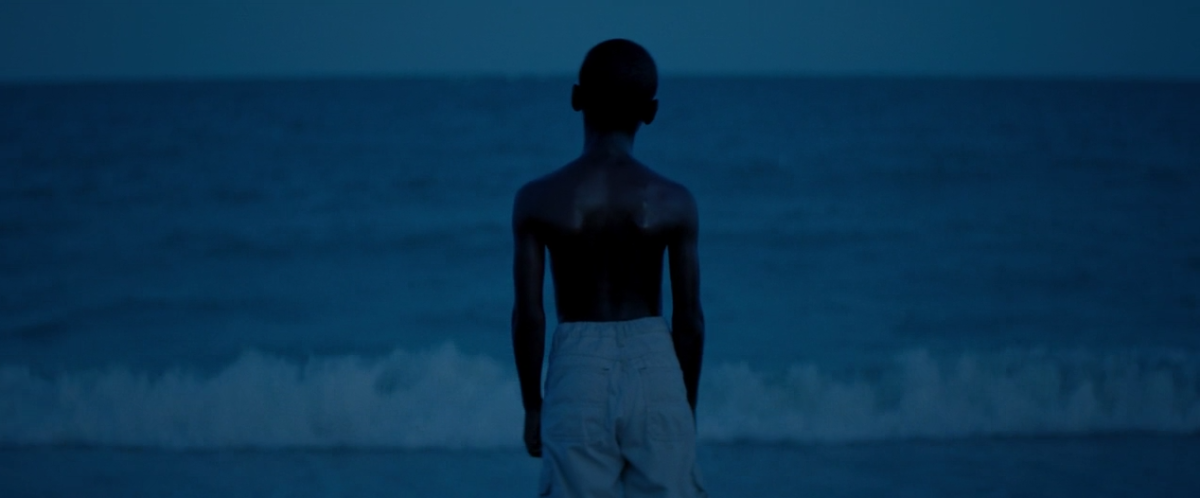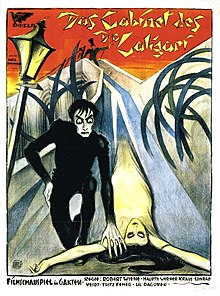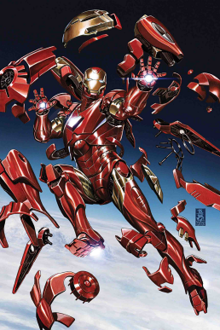The Cabinet of Dr. Caligari Study Questions
What is the essential story?
Dr. Caligari is visited by Francis and his friend Alan. The men witness Caligari showing Cesare, who has been hypnotized and who the doctor claims have the ability to predict the future. Suddenly, Cesare makes a terrifying prediction about Alan's death, and by morning, it has come true, making Cesare the main suspect.
How does the film tell its story?
It tells its story through the viewpoint of a man in an insane asylum but the viewer doesn't find this out until the end.
What conventions of cinematic storytelling does it use?
The storytelling techniques used by the filmmakers included flashbacks, points of view, and a plot twist.
Explain the final "plot twist."
The plot twist was that the story was a delusion from a man in an insane asylum. This reminded me of the commonly used trope that “it was all a dream”, but it was the original.
How does the final plot twist comment upon cinematic storytelling?
The final plot twist comments upon cinematic storytelling because it alters how the audience views the film.
What do the set designs say about early filmmaking?
The sets in the movie had a lot of similarities to set designs you would see in a play. Something interesting that stood out is how they painted the shadows because they didn't have the special effect technology we have now.
What do the set designs imply about stories and storytelling?
The set design implies that the story and storytelling have a “goth” mood they do this by using shadows and jazz music.
How do the answers to questions 6 and 7 move us to contemplate the cultural relevance of this film?
Thinking about the set designs of the film helps us realize what time this took place. We can tell by the lack of technology that the film came before a lot of new technology. I also found that it was a German film after World War I and at this time they only allowed domestic films. So a lot of the directors focused their films on mental Health.
If you had to think about a more modern, 20th-century film with traces of Caligari, what would they be? Why?
I think Tim Burton was inspired by Caligari because his films are very gothlike. For example, the Corpse Bride, dark shadows, and Edward Scissorhands all kind of have a similar mood to Caligari.
How do questions about the reliability of a narrator suggest meanings, cultural relevance, and the nature of the film?
I believe that questions about the reliability of the narrator make the audience think more about the film on a deeper level. An interesting topic that we talked about in class, is the plot twist that makes us not want to trust the narrator which is similar to how the Germans feel about trusting their government at this time.



